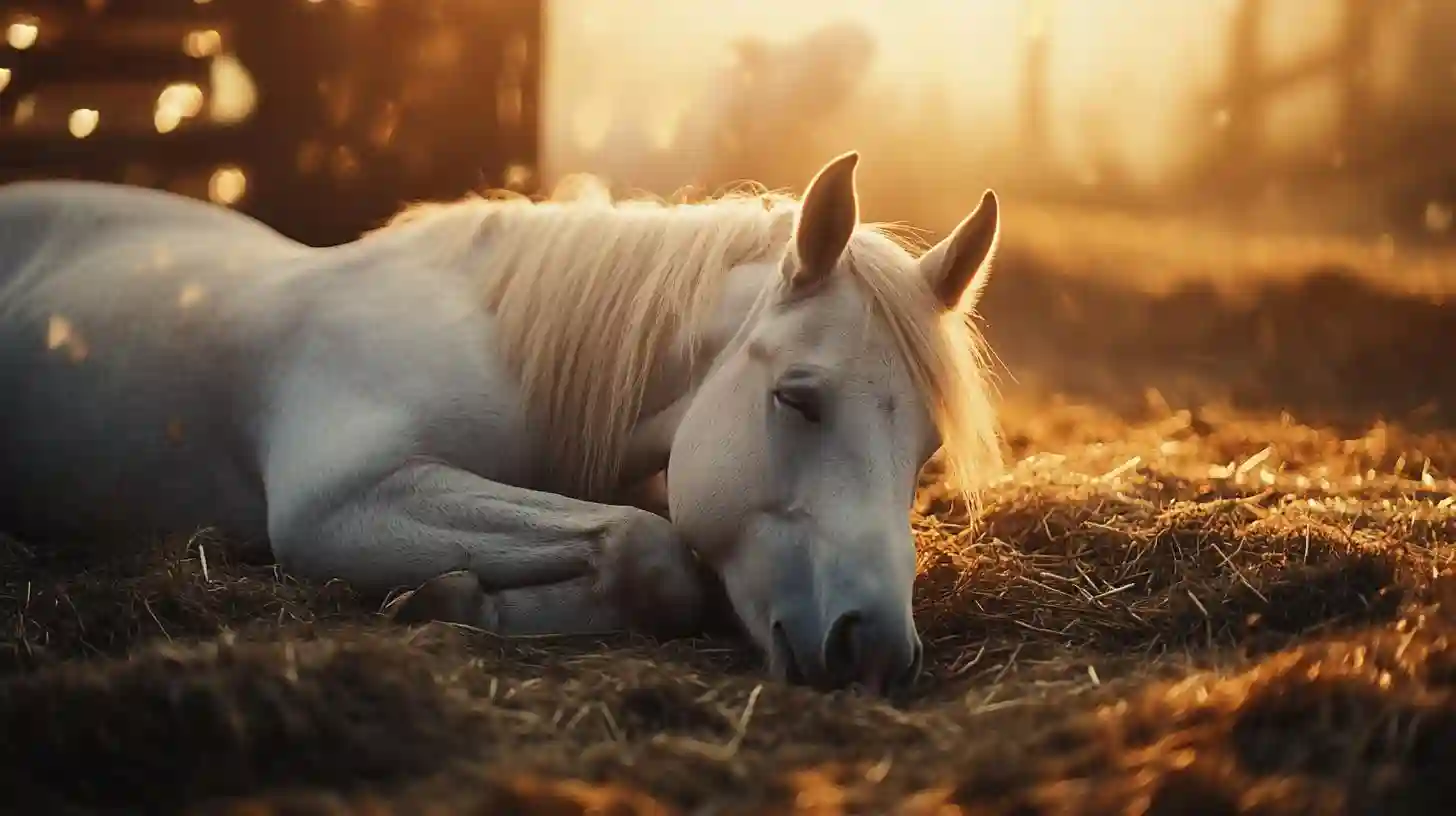
Horses are fascinating creatures, and one notable aspect of their behavior that often captures human curiosity is their tendency to sleep while standing. This peculiar habit distinguishes them from many other mammals, prompting a closer examination of the reasons behind it. To understand this behavior, one must delve into the evolutionary adaptations that have shaped horses over millions of years, particularly in relation to their survival as prey animals.
Firstly, the anatomy of a horse plays a vital role in its ability to sleep standing up. Horses possess a unique system of ligaments and tendons in their legs known as the stay apparatus. This mechanism enables them to lock their knee and hock joints, effectively allowing them to remain upright with minimal muscular effort. This adaptation is crucial for a wild horse, as it allows them to rest while remaining alert to potential threats. In the wild, a sleeping horse can quickly become a target for predators. Thus, the ability to doze while standing provides a critical survival advantage, allowing them to remain vigilant and able to flee at a moment's notice.
While horses can sleep standing, they do require a certain amount of deep sleep, also known as REM sleep, which they achieve when lying down. However, this deep sleep doesn’t occur as frequently or for prolonged periods as it does in many other animals. A horse's sleep cycle consists largely of short periods of light sleep, during which they can continue to stand. This polyphasic sleep pattern allows them to fulfill their physiological need for rest while still staying alert to their surroundings.
Interestingly, the environment in which horses are kept can influence their sleeping behavior. Domesticated horses often have more opportunities to lie down and sleep deeply because they are typically in safer and more controlled environments. However, even in domestic settings, horses may still prefer to sleep standing, especially when they are not fully comfortable or feel threatened. The presence of other horses also plays a crucial role in their ability to relax. In a herd, horses often take turns watching for predators while others graze or rest. This social structure allows them to feel more secure, contributing to their willingness to lie down for a more profound sleep.
Another factor to consider is the natural instinct and behavior of horses. Being prey animals, they are wired to be cautious and aware of their surroundings. Their inclination to sleep standing can be seen as a behavior that stems from their evolution as gregarious animals in the wild. In a herd, horses communicate their comfort levels through body language. When in a close-knitted group, they may feel more secure, but they often retain the instinct to be ready for flight. This natural curiosity leads horses to adopt sleep positions that allow them to react quickly if any threat arises.
In addition to instinctual behaviors, horses are also influenced by their bodies and health. An older horse or one that is unwell might find it more challenging to lie down and get up, leading to longer periods of standing sleep. Conversely, if a horse is content and healthy, it may frequently lie down to sleep. Therefore, understanding a horse’s sleeping habits can provide insights into its overall welfare. Owners of horses should be attentive to their animals' behavior, as changes in sleep patterns could indicate stress, discomfort, or health issues.
Finally, the relationship between a horse and its human caregiver can also impact its sleeping habits. A calm and trusting environment will encourage a horse to feel safe enough to lie down and reach deeper levels of sleep. Conversely, an environment filled with anxiety or disturbances can lead to stress, which may drive a horse to prefer standing sleep more often. Thus, providing a serene and comfortable atmosphere is essential for ensuring a horse's well-being.
Horses’ preference for sleeping on their feet is an impressive blend of anatomical capability, evolutionary survival instincts, and environmental factors. This remarkable behavior exemplifies how adaptations can shape the sleeping patterns of an animal, offering a window into their life as wild creatures that must remain vigilant yet need rest. Understanding this behavior highlights the significant interplay between nature and nurture, reinforcing the bond between horse and caretaker, ensuring these magnificent animals thrive in both wild and domestic settings.